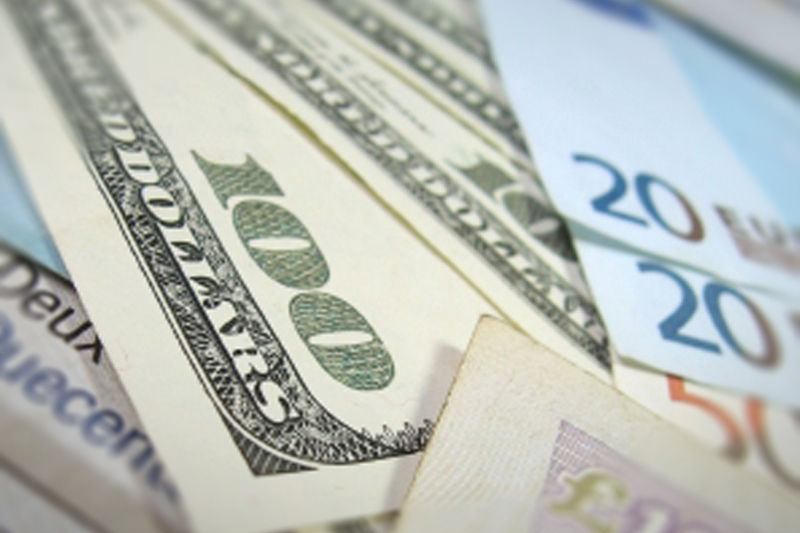Investing.com -- EUR/USD rose considerably on Thursday for its sixth straight winning session, as disappointing U.S. import-export data added further confusion as to whether the Federal Reserve will raise interest rates later next week.
The currency pair traded in a broad range between 1.1132 and 1.1295 before settling at 1.1279, up 0.0072 or 0.64% on the session. The euro ended the day at its highest closing level against the dollar in more than a week. EUR/USD has gained nearly 3% in value over the last month of trading. While the euro's daily gains versus its American counterpart during the recent streak have been modest, Thursday's move marked the pair's sharpest appreciation over the period.
EUR/USD likely gained support at 1.0959, the low from August 11 and was met with resistance at 1.1515, the high from Aug. 26.
On Thursday morning, the U.S. Bureau of Labor Statistics said U.S. import prices fell by 1.9% last month, extending previous losses of 0.9% in July. On a year-over-year basis, imported inflation has fallen by 11.4% -- its lowest amount since September, 2009. Export prices, meanwhile, declined 1.4% far below expectations for a 0.4% drop. Exports prices fell by 7% over the last 12 months, also its lowest level since 2009.
The FOMC is keeping a close eye on temporary headwinds restraining inflation as it decides whether to raise its benchmark Federal Funds Rate at next week's two-day meeting, which concludes on Thursday. Nearly a decade has passed since the FOMC has lifted the rate, which banks use to lend to other institutions on overnight loans. The Fed Funds Rate has remained at its current level between zero and 0.25% since December, 2008.
Many investors worry that an imminent rate hike will place undue downward pressure on long-term inflation, which has remained under the Fed's targeted goal of 2% for every month over the last three years. In June, the Fed's Survey of Economic Projections forecasted that Core PCE inflation will rise to a level between 1.6 and 1.9% in 2016 from its current level of 1.2%. By the end of 2017, analysts expect core inflation to reach between 1.9 and 2.0%, according to the survey.
Last month at a symposium in Wyoming, however, Fed vice chair Stanley Fischer emphasized that the Fed should not wait until inflation moves back up to 2% to begin raising short-term rates. In addition, Fischer told CNBC that recent economic data had been impressive, providing a compelling argument for short-term rates to head in a higher direction.
Earlier this week, World Bank chief economist Kaushik Basu warned that a rate hike by the Federal Open Market Committee next week could trigger a widespread crisis in emerging markets, pushing capital away from their economies and potentially creating sharp fluctuations in their currencies. Officials from the International Monetary Fund have issued similar warnings in recent weeks on the severe ramifications a rate hike could have on global markets that are not in the position to absorb a tightening of monetary policy from the U.S. central bank.
Yields on U.S. 10-Year Treasuries gained two basis points to 2.22%, while yields on the German 10-Year Bunds were unchanged at 0.69%. The spread between the government bond yields widened to 153 basis points, the highest level in three weeks.
The U.S. Dollar Index, which measures the strength of the greenback versus a basket of six other major currencies, fell more than 0.50% to an intraday low of 95.39, its lowest level in more than a week. The index ticked up late on Thursday afternoon to end the session at 95.54.
